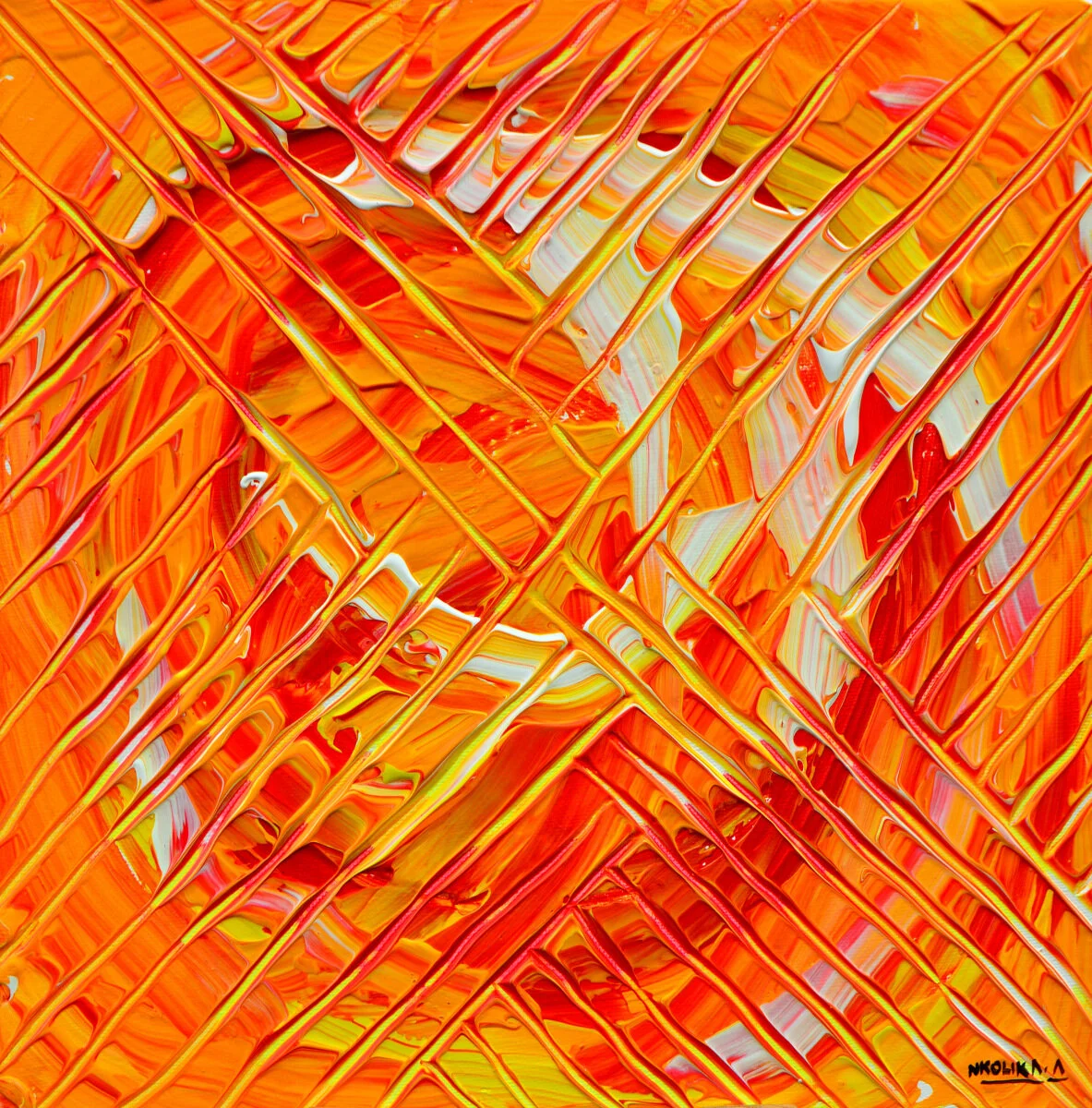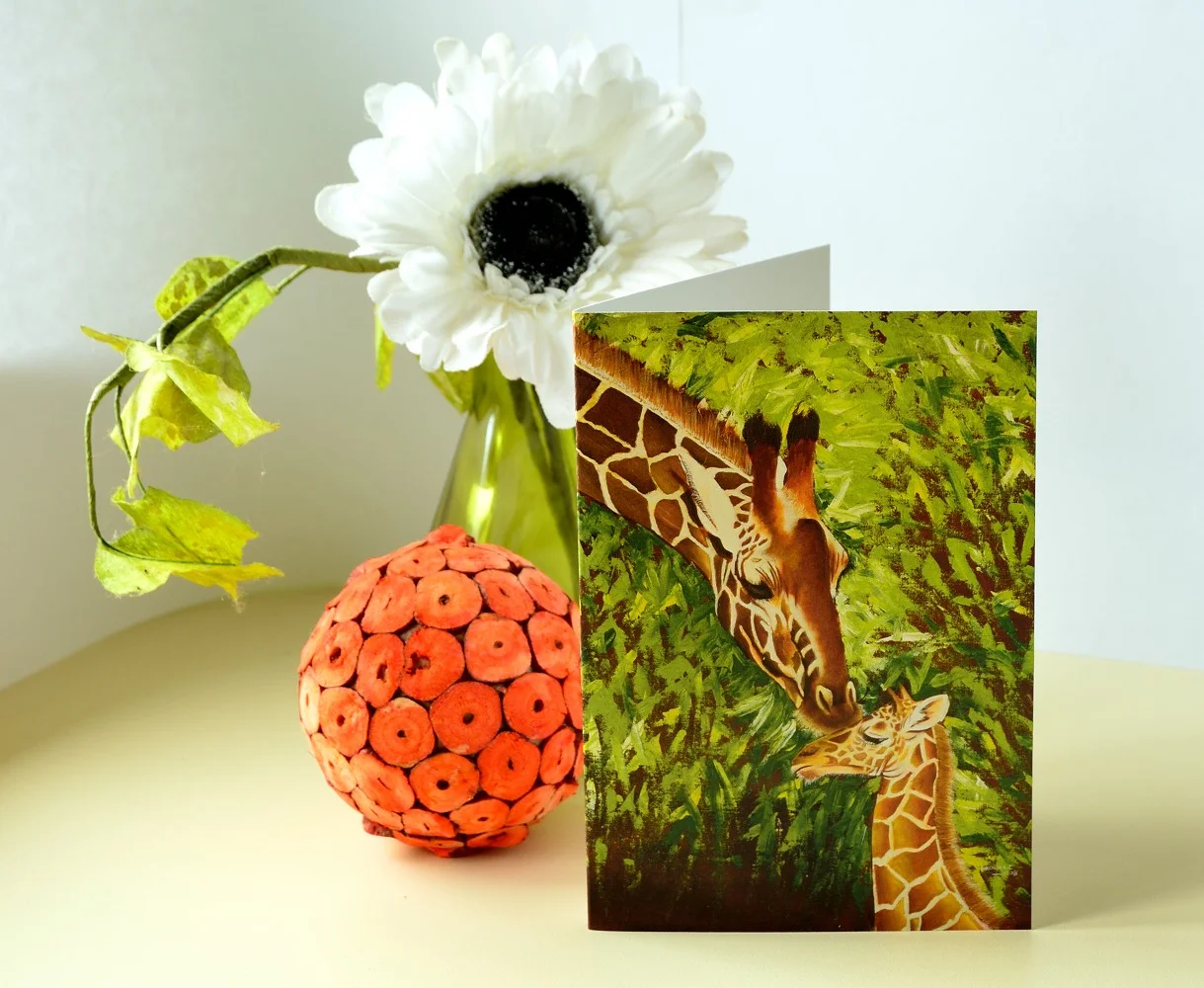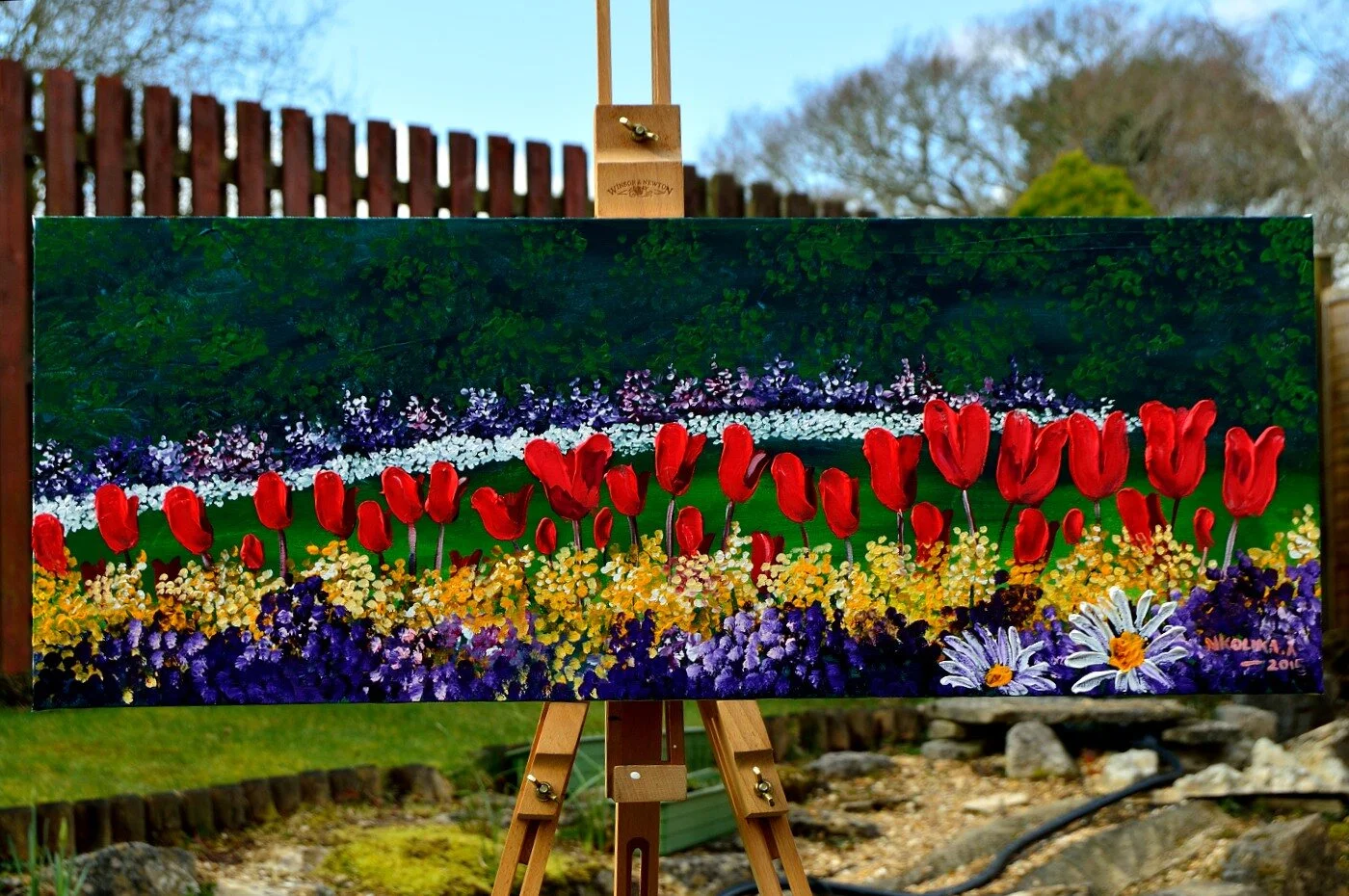Oil Painting Techniques
Oil paint is known as the medium of the masters and is the supreme painting media. Quoting a line from my favourite art book that has helped me a lot in my growth and development as a self-taught artist: Art School; a complete painter’s course
Once you have tried oil paints with their individual textures and exquisite colours, even though you might stray into other media you are still likely to come back to oil paints again and again
I for one can attest to the truth behind that statement because though I have developed a love for Acrylic paint, I just cannot seem to stay away from oil paints. There is a high degree of versatility attached to Oil paints that I cannot seem to get enough of.
I am by no means an expert in the field of Oil paints and quite frankly I do not understand the complex nitty-gritty involved in their manufacture and use. Oil paints can be used in a lot of ways to produce a painting or artwork.
The style or technique depends on individual artists and the kind of painting they are trying to produce.
The different techniques I use include:
Alla Prima:
This is a technique in which a painting is started and completed in one sitting. It produces a lively surface of brush strokes with vivid colours.
It allows you to paint in a very painterly way retaining the brushstrokes with minimal blending.
The colours stand out and the finished out can be very enchanting. I used this technique in painting the trousers of the African dancers.
Imprimatura:
Diluted to thin consistency and used to coat the canvass as an under painting. This process is called imprimatura. It is just simply applying a thin coat of paint on a plain canvas or over a sketch in order to stain it. This usually makes the final work brighter and gives it lustre. The paint is usually thinned down with a diluent usually linseed oil, safflower oil or liquin. I applied this technique in the Step 2 of the painting of a village scene.
Glazing:
Thinned down with diluent and used as transparent glazes. It is used to produce glazes which make Oil paintings very rich. Here the paint is diluted with a high percentage of diluents e.g. linseed oil, liquin, safflower oil or whichever diluents one might prefer.
This technique is used to depict reflections, glass or shiny surfaces.
Applied one layer on top of another. Here the painting is built up slowly, letting one layer dry before adding another which qualifies the previous layer.
The rule here is to paint fat over thin which simply means adding more diluent to the first layer and reducing the amount of diluent used in the upper layers. This ensures that the painting does not crack.
This technique is used to create a rich surface of colour and texture.
Impasto:
Applied thickly to produce an impasto effect. Here the paint is applied thickly straight from the tube oft with a palette/painting knife to produce an impasto effect.
Oil paints will always maintain their form exactly as it is placed on a surface if it was undiluted. Texture can also be added or achieved by adding granular substances.
To paint tree barks I often use wood dust-coated with acrylic gesso or glue. I apply it first then after it has dried I paint over it. It produces beautiful effects.
As a self-taught artist (and as an artist in general); I am still discovering my style and thus have experimented with all the above methods; though I am using the impasto method more and more now because I love the vibrancy of the colours and strokes.
Oil paints are usually recommended for a beginner because of the various ways it can be used. I love it because it is very forgiving in the sense that because it dries slowly; one can make corrections and alterations to a painting. See How to Use Oil Paints
This is in contrast to Acrylic paint which is very unforgiving. Though there is the “retarder” medium that can be used to slow the drying of acrylic paint.
My advice is that you try your Oil paints in all the above ways till you find the technique that best suits you.
“Art is a collaboration between God and the artist, and the less the artist does the better.”
Painting like anything creative which involves the use of one’s mind, fingers and sometimes one’s soul; uplifts the soul and adds purpose to one’s life. But like in all of life’s endeavours; hard work, courage and belief in oneself is the key.
ARE THERE OTHER TECHNIQUES YOU USE?
Not keen on Oil Paints? Want to try Acrylic Paint? See How to Use Acrylic Paint for tips on how to get started.






























